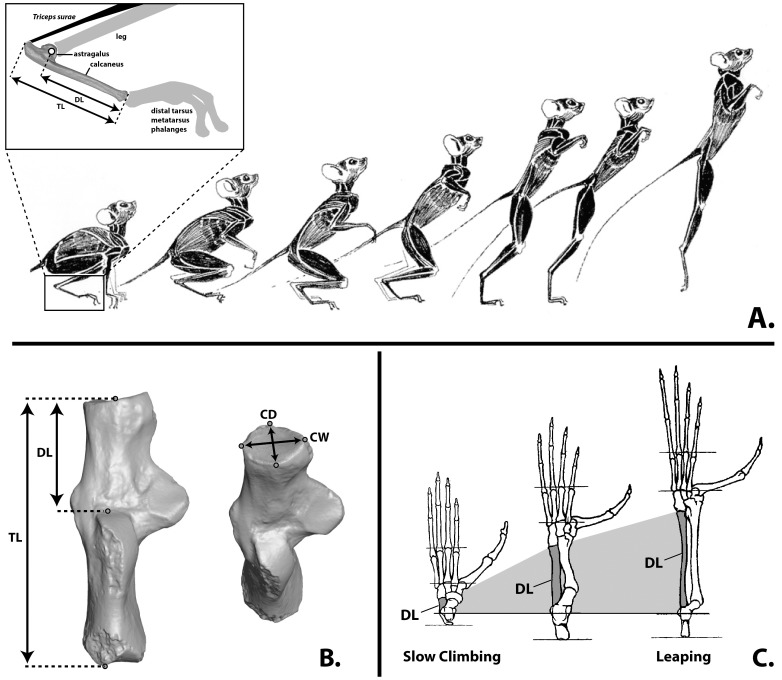Figure 1. The biomechanical role of the ankle in leaping with a tarsifulcrumating foot.
A, Incremental stages in hind limb extension that accelerates the center of mass in a largely vertical direction in order to produce inertia that carries the animal through the air after the limbs are fully extended. The inset shows the relationship of distal segment (DL) of the calcaneus to the rest of the foot: it forms the “load arm” in a class 2 lever system. The lever arm (the heel) comprises the rest of the calcaneal length (TL). B, Measurements used in this study shown on a left calcaneus. Abbreviations: CD, cuboid facet depth; CW, cuboid facet width; TL, total proximodistal length; DL, distal segment length. C, Left feet of primates exhibiting different degrees of leaping specialization scaled to same metatarsus length and aligned at fulcrum of ankle. Taxa that never use leaping behavior have much shorter tarsal bones as shown on the left. The way in which differential degrees of leaping specialization and body-size interact to influence and complicate this relationship is debated [7].

